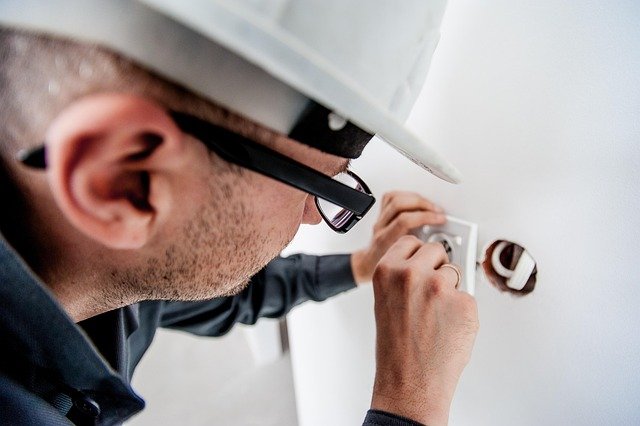How to verify vent and exhaust integrity without specialized gear
A practical guide for homeowners and technicians on checking vents and exhausts using only basic tools and observation. This article explains safe visual checks, simple airflow tests, what soot or combustion signs to look for, and how routine inspections can reveal problems before they affect furnace performance or indoor air quality.

Start with safety and simple observation. Before touching any vents or exhaust outlets, confirm the furnace is operating normally at the thermostat setting and that ignition cycles look regular. A quick visual sweep around vents, access panels and the combustion exhaust outlet can reveal discoloration, soot, loose connections or rodent activity. These initial clues are often enough to target the next non-specialized checks without opening major equipment or relying on diagnostic meters.
Vents: visual and tactile checks
Inspect vents inside and outside for blockages and damage. Look for bent louvers, accumulated dust, nests or debris; gently run your hand around the grille (not into the duct) to feel for warm spots or drafts when the system runs. For exhaust vents, examine the termination cap and surrounding siding or masonry for staining from soot or condensation. Note any unusual odors during operation—persistent fuel-like, rotten, or chemical smells can indicate combustion or draft problems that require prompt attention.
Ducts: tracing leaks and loose fittings
Check accessible duct runs in basements, attics, and crawlspaces for disconnected sections, gaps at joints, or crushed flexible ducting. With the system running, move a lit stick of incense or a thin trail of smoke near joints and seams (at a safe distance). A steady drift of smoke into a joint or a sudden pulse suggests leaks or poor seals. Secure loose connections with HVAC tape or clamps and mark areas where ducts enter walls or chimneys—these are common leak points that reduce efficiency and alter intended airflow or zoning balance.
Airflow: simple tests without tools
Assess airflow by using an index card, tissue, or light-weight paper at supply registers and return grilles. Place the paper near the register with the system on; a steady lift indicates good airflow, while a limp or fluttering movement suggests partial blockage or closed zoning dampers. Compare rooms to each other—large differences can point to duct obstructions, closed vents, or imbalance. Also check filters: a visibly dirty filter restricts airflow and can reduce overall efficiency and comfort.
Combustion and soot: signs at exhaust outlets
For gas and oil systems, examine the exhaust outlet for soot, dark streaking or rust around the termination. Soot accumulation can indicate incomplete combustion, draft reversal, or a failing heat exchanger. Outside, look for corrosion, spalling, or discoloration on chimneys and flues that suggests moisture or combustion byproduct deposition. If you detect soot, unusual flame color, persistent condensation, or frequent pilot/ignition issues, consider scheduling a professional inspection—these signs can relate to combustion efficiency and indoor air safety.
Inspections: checklist and what to record
Create a simple inspection log: date, thermostat behavior, filter condition, visible soot, unusual noises, drafts at vents, and any work performed. Check the thermostat programming and responses to confirm ignition cycles and zoning changes are consistent. Record whether ignition happens promptly and if the flame looks steady (for visible burners in accessible units). Regularly noting these items helps spot trends—rising soot, slow ignition, or decreasing airflow over weeks can pinpoint developing faults before they become failures.
Filters, furnace condition, thermostat clues and efficiency
Filters are a first-line indicator: a heavily loaded filter reduces airflow and stresses the furnace, causing longer run cycles and loss of efficiency. Inspect the furnace cabinet for dust build-up, oil stains, or evidence of exhaust backflow. Thermostat anomalies—such as oversized deadband, incorrect sensing location, or misconfigured zoning—affect perceived airflow and comfort; verify temperature readings with a simple thermometer in the room. Small efficiency losses often show as longer run times and uneven heating across zones; addressing filters, balancing vents, and sealing ducts can restore performance.
For any suspected combustion or soot-related problem, or if you observe ignition failures or consistent exhaust discoloration, arrange a professional inspection. Routine DIY checks will catch many issues early, but some combustion and heat-exchange concerns require qualified service to diagnose and repair.
Conclusion
Using careful observation, simple paper or smoke tests, and a consistent inspection checklist, you can verify much of your vent and exhaust integrity without specialized gear. Regular attention to vents, ducts, filters, and combustion signs helps maintain airflow, preserve furnace efficiency, and identify issues that warrant professional inspections to protect safety and system longevity.






